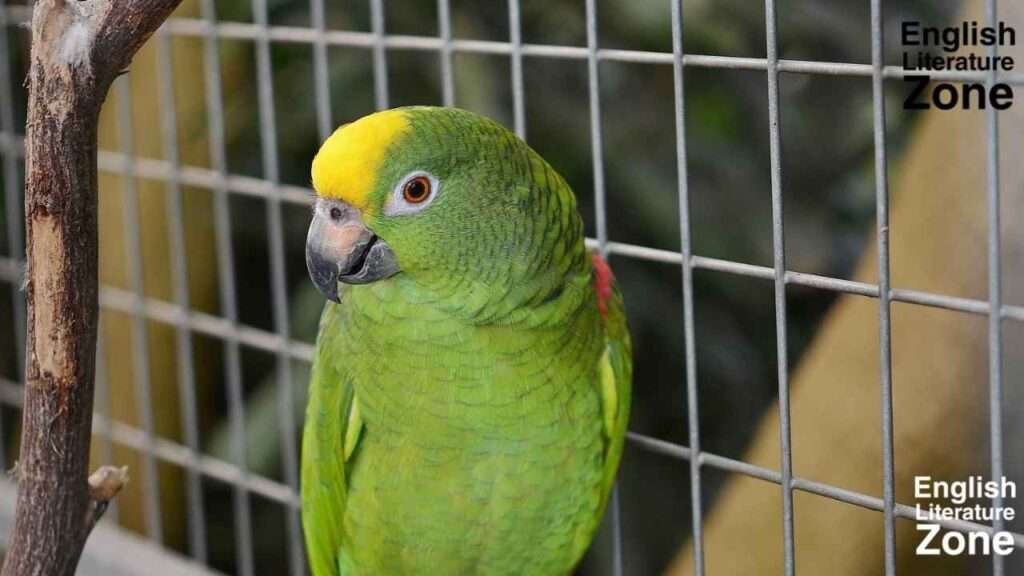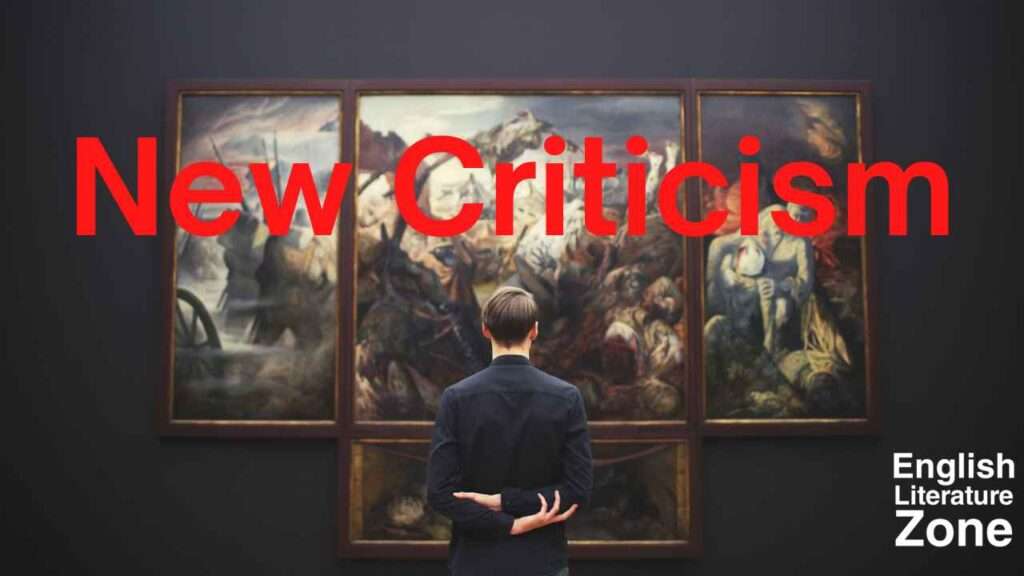
Introduction
The poem “An Introduction” is written by the most outstanding Indian English poetess named “Kamla Das”. This poem first appeared in her first volume of poems entitled “Summer in Calcutta” in 1965. In this poem, she throws light on the life of a woman in the Patriarchal Society. It is wholly autobiographical and also be labeled as a confessional poem. In this poem, the poetess reveals her political knowledge, her linguistic acquirements, the sad experience of her marriage, and her quest for fulfilling love.
Structure Of The Poem
It is a sixty-line poem that is contained within a single stanza. The Poem does not follow any specific rhyme scheme and meter.
About Kamla Das (1934-2009)
Kamala Das, Malayalam pen name Madhavikutty, Muslim name Kamala Surayya is a very popular Indo-Anglian poet and short story writer. She earned a respectable place in Malayalam and English both literature. She was also shortlisted for the Nobel Prize for her works. Among her world-famous poems included – The Sunshine Cat, The Invitation, and The Looking Glass. She wrote poetry on women’s issues, child care, and politics.
The Theme of The Poem
Feminism, freedom, and marriage are the key themes of this poem.
Analysis Of An Introduction Poem
Kamala Das begins this poem by telling us that although she does not know much about politics, she is well aware of the politicians of her country from Nehru to one of her own times. She says the politics of India has always remained in the hands of males. She has memorized the names of all the politicians like the days of the week or the name of the month.
The lines depict how the males have been ruling the country without giving this right to the women. Moreover, the rulers are fewer in number because democracy exists only in words. In reality, the rule of the country remains in the hands of some people.
Now the poetess comes towards her own life experience. She says that she is Indian and brown in colour. She was born in Malabar. She can speak three languages. Like most of the citizens of India. She is also capable of speaking three languages and writing in two probably English and her native language. She probably compares herself to the man of the world trying to show that she is no lesser than him.
Being well familiar with English she uses this language in her writing. However, this habit of hers is not liked by her friends, relatives, and critics. They all condemn her for writing in English as according to them. English is the language of colonists. She asks them why they criticize her, and why she is not given the liberty to write in whatever language she desires.
In these lines, she exposes the jealous nature of her nears and dears who can not endure her skills. This makes them criticize her. Having no logical reason to put restrictions on her writing in English, they try to tell her that the language she writes in, is the language of colonists and thus she should avoid using it. She wonders why the blunders of men and questions the mistakes of women although the fact is that every person in the world is imperfect.
She moves towards her married life. She was a child although she entered the stage of puberty yet her soul was immature. As she was still a child after marriage, She asked for love. However, her husband quenched his own lust for the poetess. The poetess here not only describes her married life but tries to narrate the story of every woman in her country.
The girl after being married desires her husband to show compassion and love her. But instead, she is drawn to the bed which she is not willing to do. She says that she was not beaten by him yet her womanly body felt to be beaten. She started hating her female body which we can understand in the following line:
“Dress in Sarees, Be girl, Be wife, they said.
Be embroiderer, Be cook, Be a quarreller with servants.”
She meets a man. According to her, the man is the everyman who desires a woman to quench his lust as a woman desires love from a man. When she asks him about his identity, his answer is I. This ‘I’ is the ‘Male Ego’ that gives him the liberty to do whatever he likes. The poetess further says that like a man she is also a sinner and saint, beloved and betrayed. That’s why she considers herself equal to men.
Conclusion
Thus, we can say in this poem Kamala Das describes the poet’s own mental and emotional state. She throws light on the life of a woman in a “Patriarchal Society”.





Ma’am….Kamala Das died in 2009 and you have noted 2002…. That’s all
Thank You